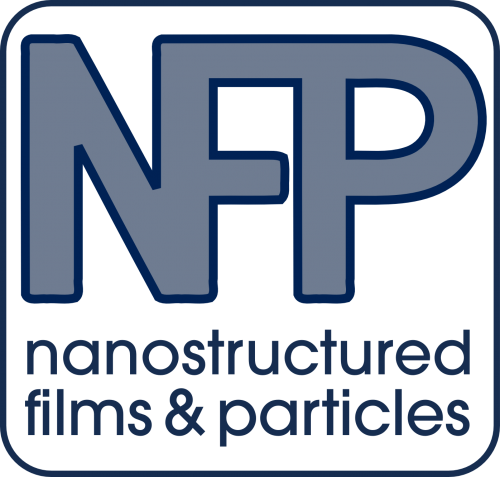NFP Research Area:
Nanomaterials for energy, environment and safety
NFP Research Line:
NANOMATERIALS FOR SOLAR ENERGY HARVESTING (N4SEH)
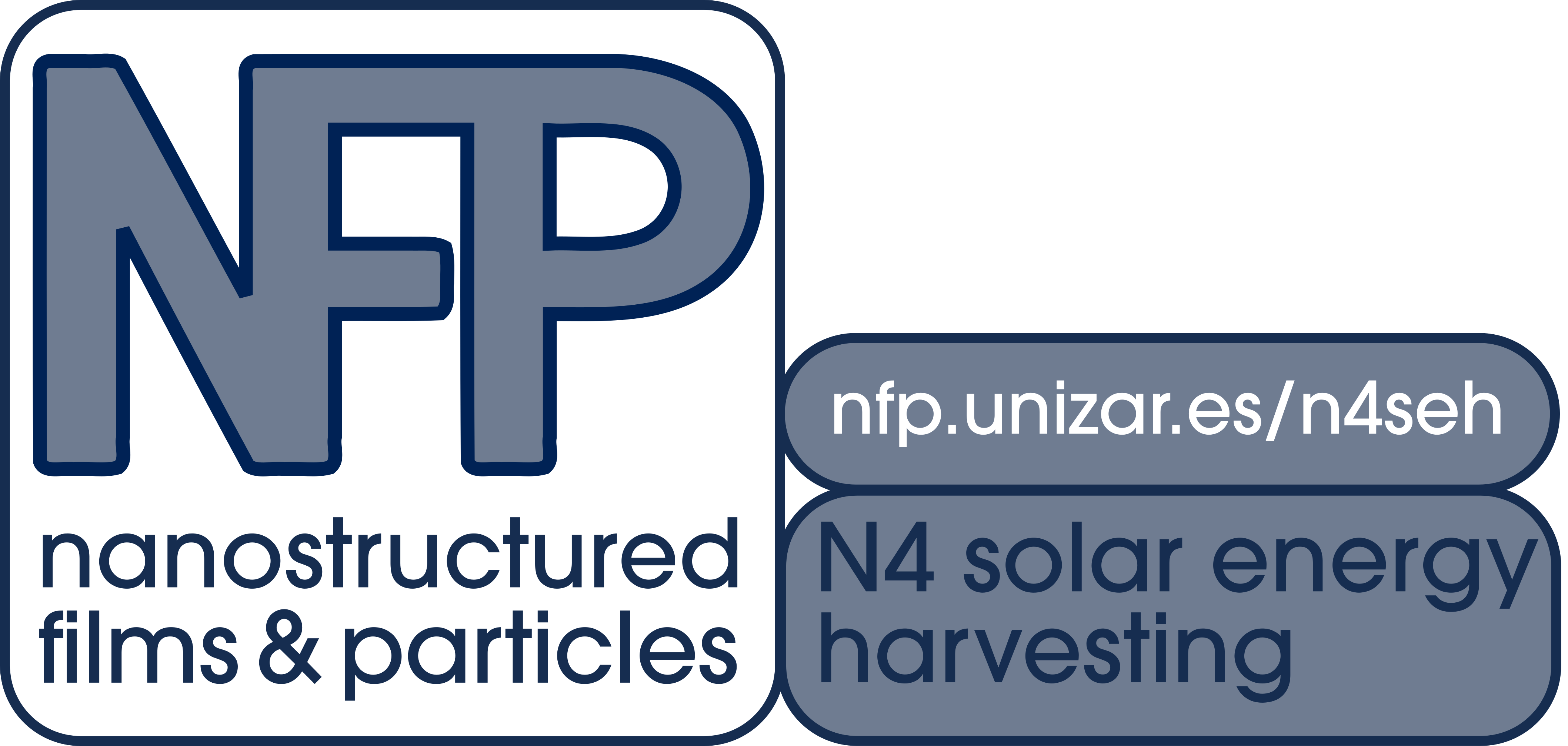
Energy consumption is rising globally due to increased industrialization and population growth. Solar energy represents a massive, underutilised, and free source of energy. The Earth receives solar energy at a rate of 165,000 terawatts of power continuously, which is more than sufficient to meet current (approximately 15 TW) and projected future (60 TW) annual worldwide energy consumption. Photovoltaic solar cells, which employ semiconductor materials to convert sunlight into electrical power, are considered a fundamental technology for supplying sustainable, low-carbon energy to the world. Our research approach aims to develop new nanomaterials, nanoarchitectures and thin-films capable of harvesting and storage solar power more efficiently and sustainably.
1. Building-Integrated Photovoltaic Systems (BIPVS)
Our research in BIPVS focuses on developing low-cost photovoltaic cells for architectural integration using easily scalable assembly methods for the ceramic manufacturing sector (Figure 1). While these cells may not initially compete in terms of high efficiency for solar energy conversion per unit area, their use as architectural elements covering large surfaces and building facades will compete in net daily energy production. They also have the advantage of lacking the visual impact and high weight that prevents conventional photovoltaic solar panels from being safely installed and certified on ventilated facades. Our work in this area could position the market with a groundbreaking and innovative concept. The synergy between the University of Zaragoza’s expertise in hybrid halide perovskite photovoltaics[1,2] and the local ceramic industry’s leadership in building envelopes is crucial for this research, combining academic innovation with practical manufacturing knowledge to develop commercially viable BIPVS solutions.

Figure 1: The BIPV concept.
2. Photobatteries
Our research in photobatteries aims to integrate solar energy harvesting and storage capabilities into a single device. Our recent work has demonstrated the concept of a photoelectrode capable of intercalating/deintercalating lithium ions when illuminated, using a Cu2O/TiO2 system[3]. This proof of concept has shown promising results in terms of photochargeable battery efficiency and capacity (Figure 2).
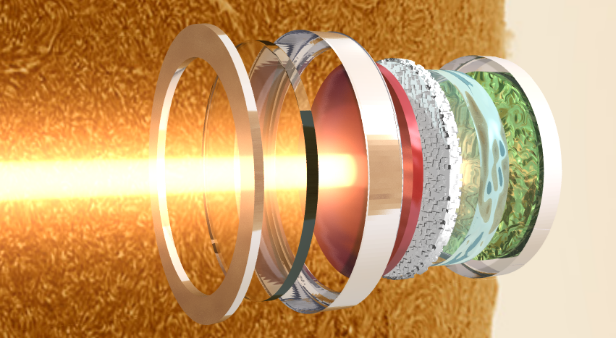
Figure 2: The Cu2O/TiO2 photochargeable battery system[3].
Building on this success, we are now exploring the use of halide perovskite materials as light harvesters in photobatteries. The exceptional optical properties of perovskites, combined with their solution processability, make them ideal candidates for integration into these hybrid devices. Our ultimate goal is to develop a highly efficient, stable photobattery that can be seamlessly integrated with our Building-Integrated Photovoltaic Systems (BIPVS) technology. This integration could lead to building materials that not only generate electricity from sunlight but also store it for later use, significantly enhancing the energy autonomy of buildings and contributing to the development of sustainable, energy-efficient architecture.
3. Green Solvent Perovskite Solar Cell Technology
Our research also extends to the development of perovskite solar cells using green and sustainable solvents (Figure 3). This approach aims to minimize the environmental impact of perovskite synthesis and facilitate early industrialization. We are exploring the use of eco-friendly solvents for dissolving perovskite precursors, focusing on both lead-free tin-based perovskites and lead-based perovskites synthesized in the ambient atmosphere. This research contributes to the transition towards greener photovoltaic manufacturing technology while addressing practical problems related to the current energy crisis.

Figure 3: Green Solvent Perovskite Solar Cell Technology.
4. Nanomaterials for solar cells
The use of colloidal nano-sized semiconductors reduces the fabrication cost of devices, and facilitates transference to industry. Since synthesis and deposition occur at different stages, it is easier to stabilise photoactive phases, control absorption range, and combine different materials (Figure 4). We focus on the development of materials based on abundant and non-toxic elements to reduce health and environmental concerns while ensuring availability for large scale production.
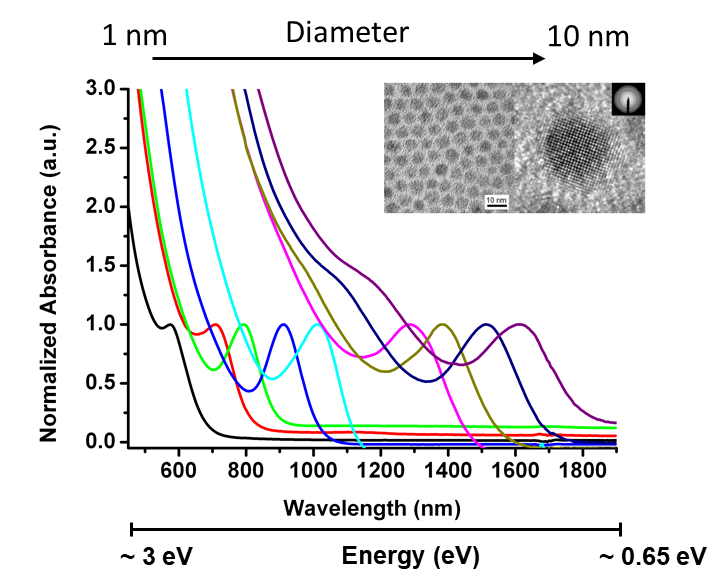
Figure 4: Band gap variation with nanoparticle diameter of colloidal PbS quantum dots.
5. Facilities
5.1 Open Solar Stability (OSS) Ecosystem
To address the critical issue of operational stability in perovskite solar cells (PSCs), we have developed the Open Solar Stability (OSS) ecosystem. This comprehensive approach aims to standardize and improve the evaluation of operational stability in PSCs and other emerging photovoltaic technologies. The OSS ecosystem offers several advantages, including open-source (https://github.com/ej-jp/perovskino) and low-cost design, realistic testing conditions, statistical significance through high-throughput testing, and a comprehensive assessment combining outdoor and laboratory experiments. This approach has the potential to accelerate stability improvements in PSCs, facilitate meaningful comparisons between different cell architectures and materials, and bridge the gap to commercialization by providing data that more accurately reflects real-world performance. Our OSS ecosystem consists of three key components:
5.1.1 Perovskino: An advanced maximum power point (MPP) tracker that ensures solar cells operate at their optimal power output during testing, enabling realistic operational conditions assessment.[4]The Perovskino tracker employs a galvanostatic strategy for MPP search, making it particularly effective for perovskite solar cells regardless of their hysteresis. This device is used in both our outdoor testing platform and our laboratory resilience testing bench (Figure 5).
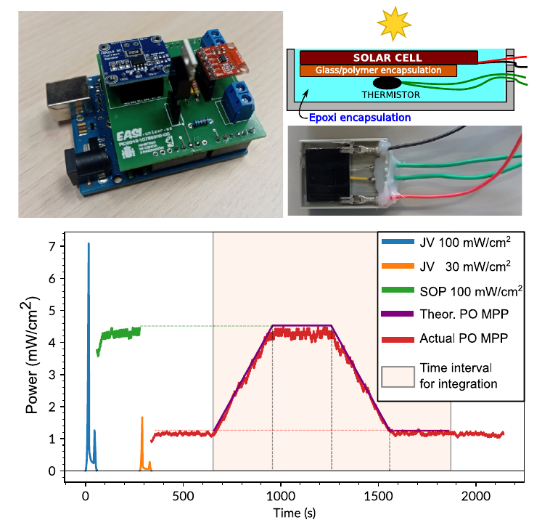
Figure 5: The Perovskino MPP tracker driving a high hysteresis perovskite solar cell[4].
5.1.2 ParaSol: An outdoor testing platform that exposes solar cells to real environmental conditions, capable of testing multiple devices at MPP (using the Perovskino tracker) simultaneously for statistically significant stability data. The Parasol platform is an outdoor testing facility capable of measuring up to 200 devices simultaneously with low-latency data collection. It provides real-time, online visualization of performance data for both silicon and perovskite solar cells (Figure 6). The platform is located on the terrace of the I+D+i Building at the Rio Ebro Campus of the University of Zaragoza.
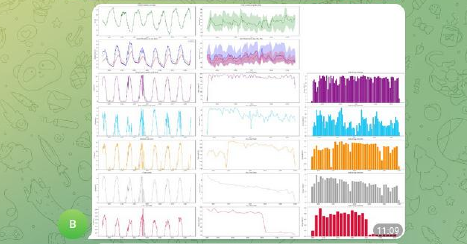
Figure 6: Telegram channel providing real-time data from the ParaSol Platform.
5.1.3 ReSol: A laboratory-based testing bench focused on short-term thermal operational stability under simulated sunlight, potentiostat or galvanostat driving methods introducing a novel stability metric called the Irreversible Destruction Temperature (IDT).
5.2 Other Facilities related to the preparation of emergent photovoltaics/photobatteries
Our lab features a custom climatic chamber with humidity control for spin coating perovskite thin films and nanoparticles under controlled temperature and humidity, enabling precise and reproducible film deposition (Figure 7). We also have a separate climate-controlled storage cabinet for long-term sample preservation, a lab vacuum glove box with anhydrous/anaerobic environment, and a vacuum thermal evaporator for metal back contacts. Additionally, LED and Xenon lamp solar simulators and a Bentham EQE (IPQE) equipment (300-1800 nm) enable us complete in-house fabrication and basic characterization of our solar cells.

Figure 7: Climatic chamber for PSC assembly. https://nfp.unizar.es/other-links/selected-ambient-works/
References
-
Perovskite solar cells take a step forward. E. J. Juarez-Perez, M. Haro, Science, 2020, 368, 1309-1309. https://doi.org/10.1126/science.abc5401
-
Formamidinium halide salts as precursors of carbon nitrides. I. Ciria-Ramos; N. Navascués; F. Diaw; C. Furgeaud; R. Arenal; A. Ansón-Casaos; M. Haro and E. J. Juarez-Perez. Carbon, 2022, 196, 1035-1046. https://doi.org/10.1016/j.carbon.2022.05.051
-
Solar Energy Storage Using a Cu2O-TiO2 Photocathode in a Lithium Battery. I. Ciria-Ramos; E. J. Juarez-Perez & M. Haro. Small, 2023, 2301244 https://doi.org/10.1002/smll.202301244
-
E. J. Juarez-Perez; C. Momblona; R. Casas & M. Haro. Enhanced power-point tracking for high-hysteresis perovskite solar cells with a galvanostatic approach Cell Reports Physical Science, 2024, 5, 101885 https://doi.org/10.1016/j.xcrp.2024.101885
Contact Persons
Bernechea, María: mbernechea@unizar.es
Juarez-Perez, Emilio J.: ejjuarezperez@unizar.es
Momblona, Cristina: cristinamomblona@unizar.es
Sanz Marco, Arturo: arturosmarco@unizar.es
